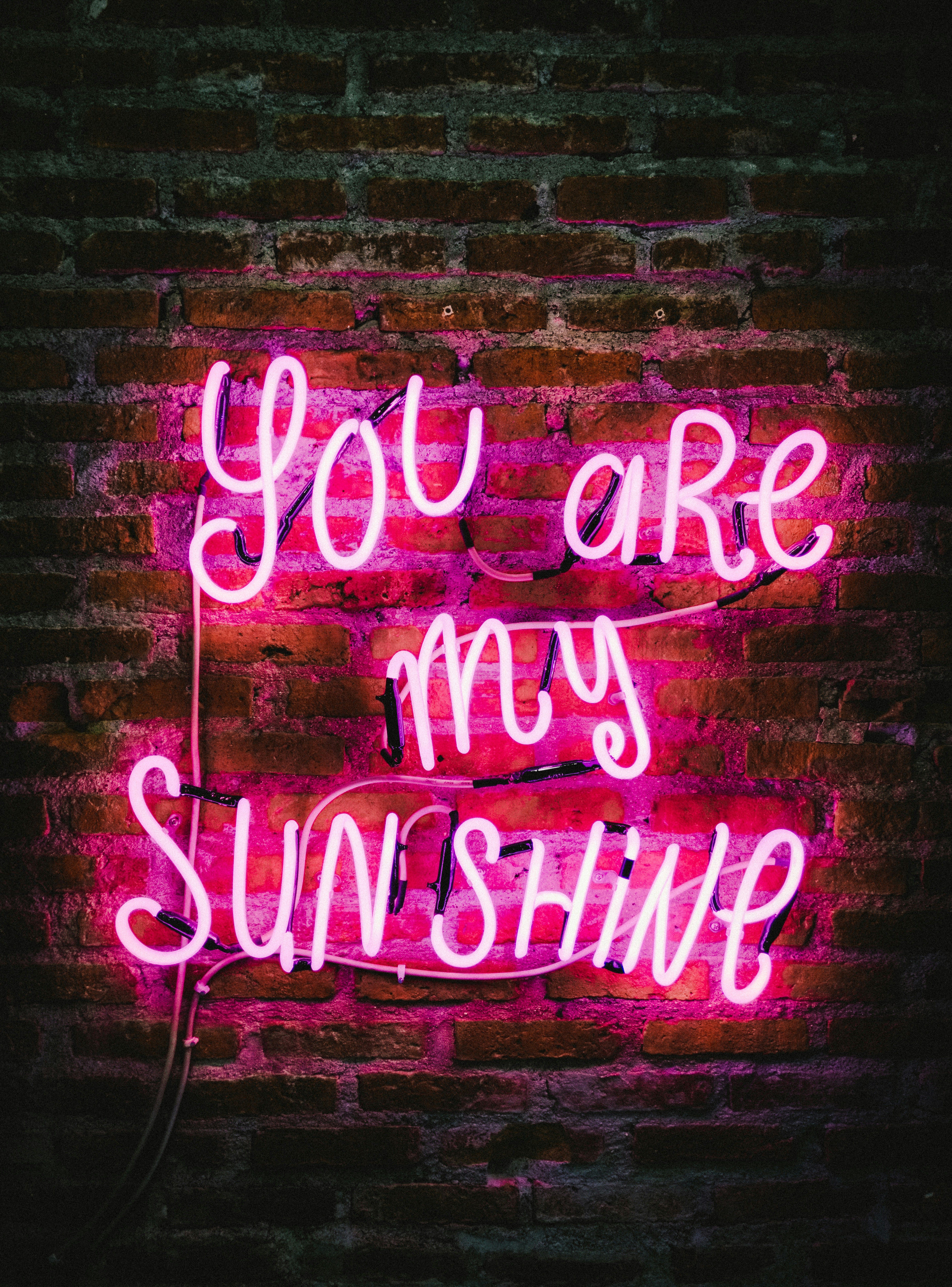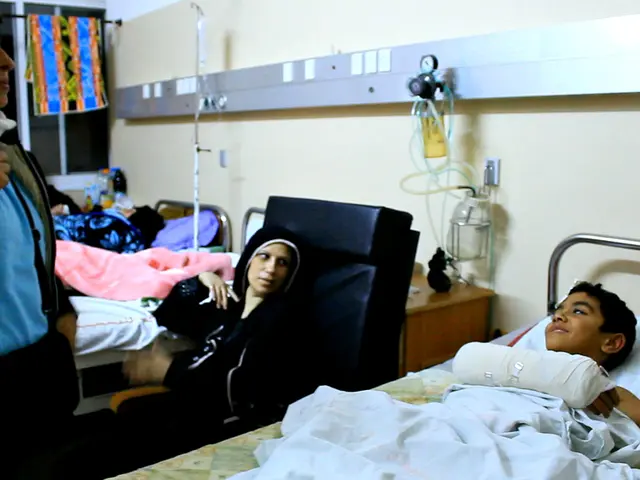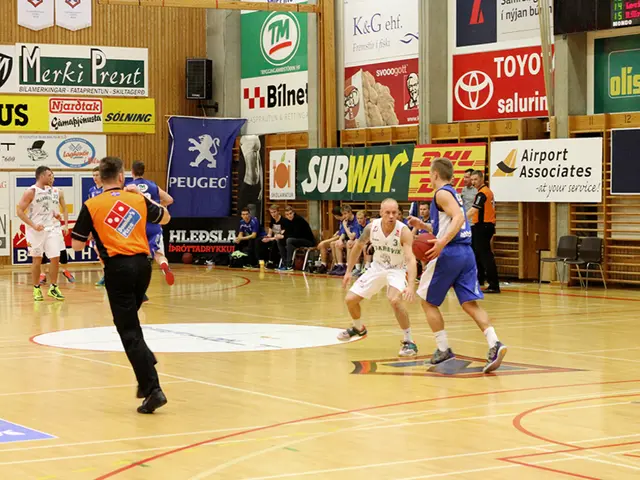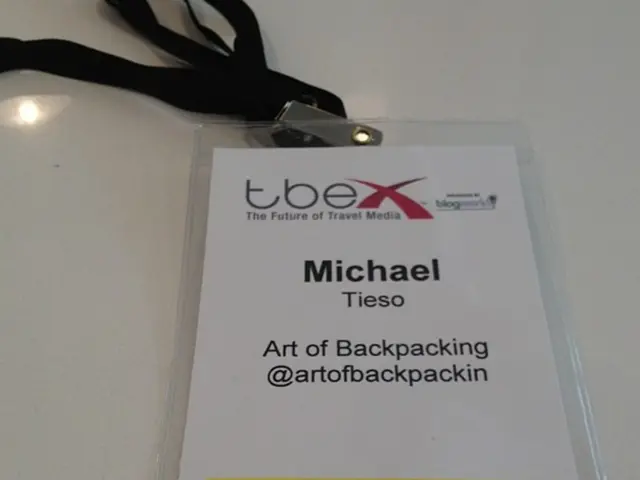Thousands of Years of Papal Elections: Bribery, Field Beds, and Champagne Toasts
Behind-the-scenes shenanigans during the Papal election, characterized by bribery, luxury accommodations, and excessive champagne consumption.
Get ready for a new era in the Catholic Church as the upcoming Pope election brings a fresh wave of dynamics. Back in the day, conclaves could last years, filled with bribery and hardships. The longest election, spanning almost three years, is a distant memory compared to the quick votes we see today.
From White Rauch to White Dove
During a debate among the faithful in Rome in the year 236, a white dove landed on the head of the layman Fabian. The believers interpreted this as a divine sign and chose him as Pope.
Controversial Choices
During the early Church, Popes were chosen by members of the clergy and the Roman nobility, often leading to manipulation. One of the most infamous elections took place in 532 following the death of Bonifatius II. Historian P.G. Maxwell-Stuart notes that this election was marred by "bribes from royal officials and influential senators." Eventually, a simple priest, Mercurius, was chosen as the new Church leader, marking the beginning of the tradition of Popes taking new names, as he reigned as Johannes I.
The Selection of Cardinals
In 1059, Pope Nicholas II restricted future elections to only cardinals. Today, any male Catholic can, in principle, become Pope, but in practice, it has been limited to cardinals since nearly 650 years.
Locked Away
The word "conclave" comes from the Latin phrase "cum clave" meaning "with a key." In 1241, when the election dragged on, a local ruler locked the cardinals up in a deteriorating building and refused to clean the toilets or help sick cardinals. According to historian Frederic Baumgartner, the cardinals didn't reach a decision until one of them died, and the Romans threatened to dig up his corpse. After 70 days, the conclave ended with the election of Coelestin IV.
Longest Conclave
Following the death of Pope Clemens IV in November 1268, his successor, Gregor X, was not elected until almost three years later. At the end of 1269, the cardinals locked themselves up in the Pope's palace in Viterbo to reach a decision. In June 1270, frustrated locals tore off the roof to speed up the election, inspired by the words of an English cardinal who remarked that without the roof, the Holy Spirit could descend unobstructed.
Austere Diet
After his first appearance as Pope before the faithful in St. Peter's Square, Pope John Paul II treated the cardinals to champagne and sang Polish folk songs. After his election in 2005, Pope Benedict XVI invited all the cardinals to a dinner with music and champagne, as revealed by Cardinal Cormac Murphy-O'Connor.
From Field Beds to Modern Comfort
During the conclave, the cardinals have always slept in the Apostolic Palace, and since 1878, they have gathered in the Sistine Chapel. Earlier cardinals took turns sleeping on field beds and bathing communally[2]. In 1978, after his election, Pope John Paul II ordered the construction of the Domus Sanctae Marthae guesthouse, and since then, the cardinals have been housed there during the conclave, including the late Pope Francis.
The Royal Revelry
In 1978, after his first public appearance as Pope, Pope John Paul II hosted the cardinals to a champagne toast and sang Polish folk songs. In 2005, Pope Benedict XVI invited all the cardinals to a celebratory dinner with singing and champagne[2].
Growing Shorter
The longest conclave of modern times took place in 1831: the election of Pope Gregory XVI lasted 50 days. The longest vote in the 20th century, in 1922, ended after five days, with Pope Pius XI being elected. The elections of Benedict XVI in 2005 and his successor Francis in 2013 each lasted two days before the white smoke rose.
References: ntv.de, Alice Ritchie, AFP
- Pope Francis
- Vatican
- Catholic Church
- Christianity
- Interesting Facts
- Initially, bishops were often chosen through acclamation by the people[1].
- The Third Lateran Council in 1179 made all cardinals electors and introduced the two-thirds majority requirement[3].
- The reforms introduced by Pope Gregory X, later included in canon law by Pope Boniface VIII, set the stage for contemporary conclave procedures[3].
- Community has long played a significant role in the selection of Popes, with believers, clergy, nobility, and cardinals influencing the process throughout history.
- Historically, Senate members and royal officials have used bribes to manipulate Popes' elections, as witnessed in the case of the election of Johannes I in the early Church.
- The tradition of Popes taking new names originated during a contentious election in 532 when a simple priest named Mercurius became Pope Johannes I.
- Over the centuries, the Roman Catholic Church's common foreign and security policy has evolved, with the introduction of various reforms aimed at maintaining fairness in the papal election process. For instance, Pope Nicholas II restricted elections to only cardinals in the 11th century, while Pope Gregory X established contemporary conclave procedures in the 13th century.








